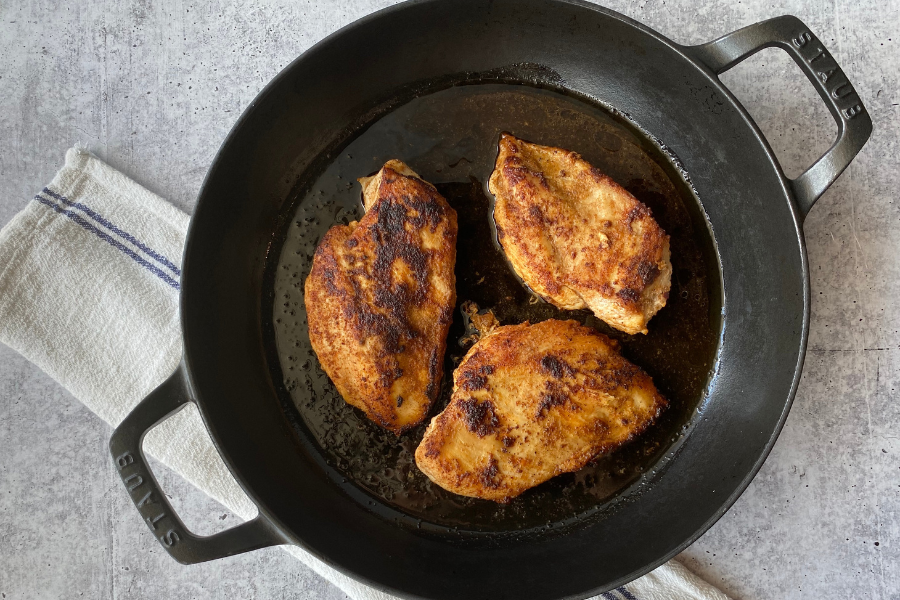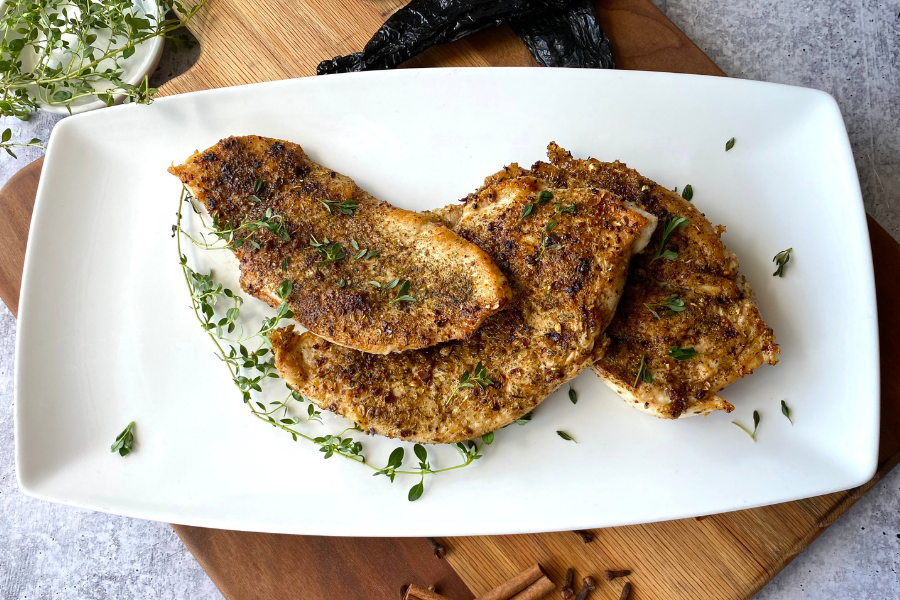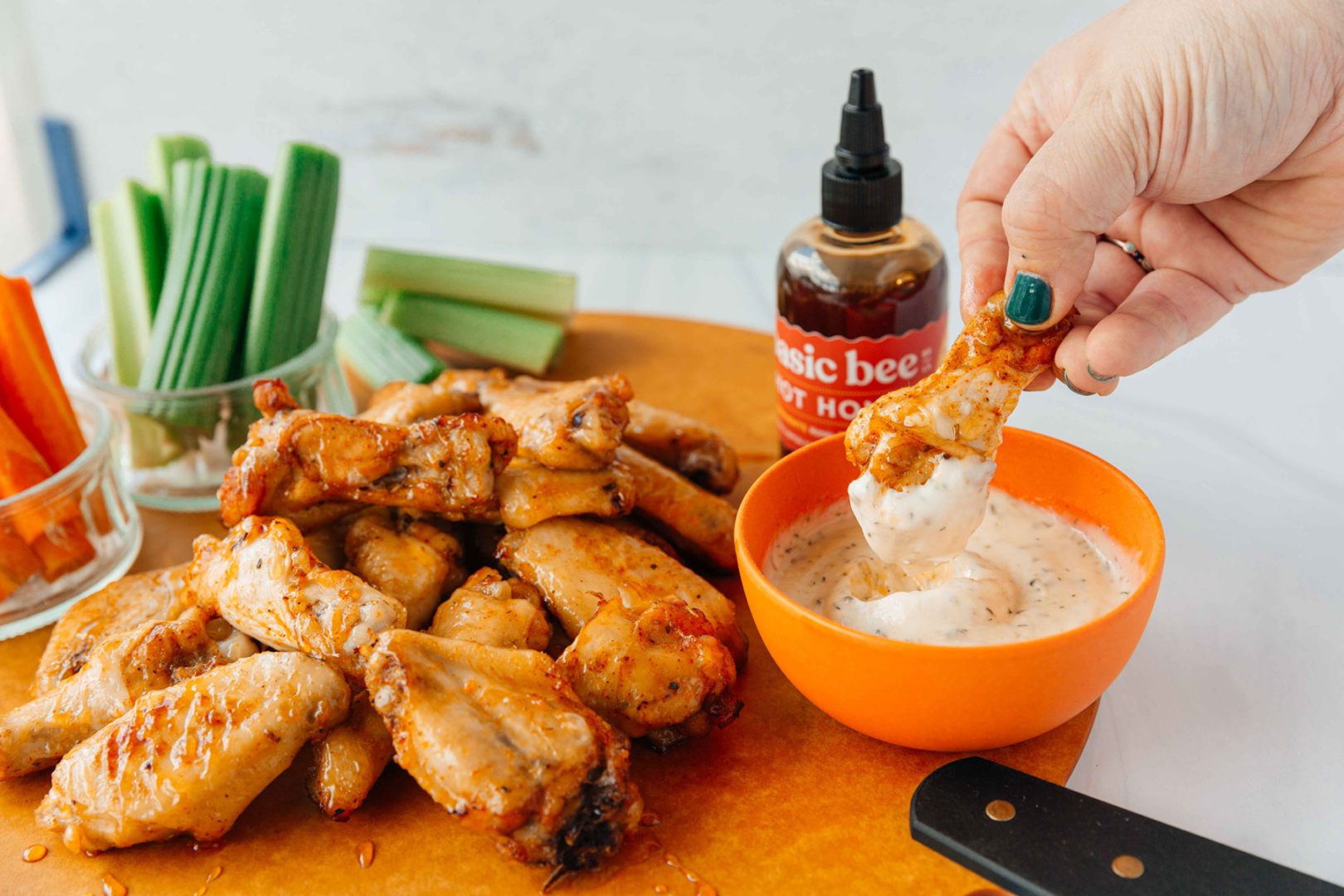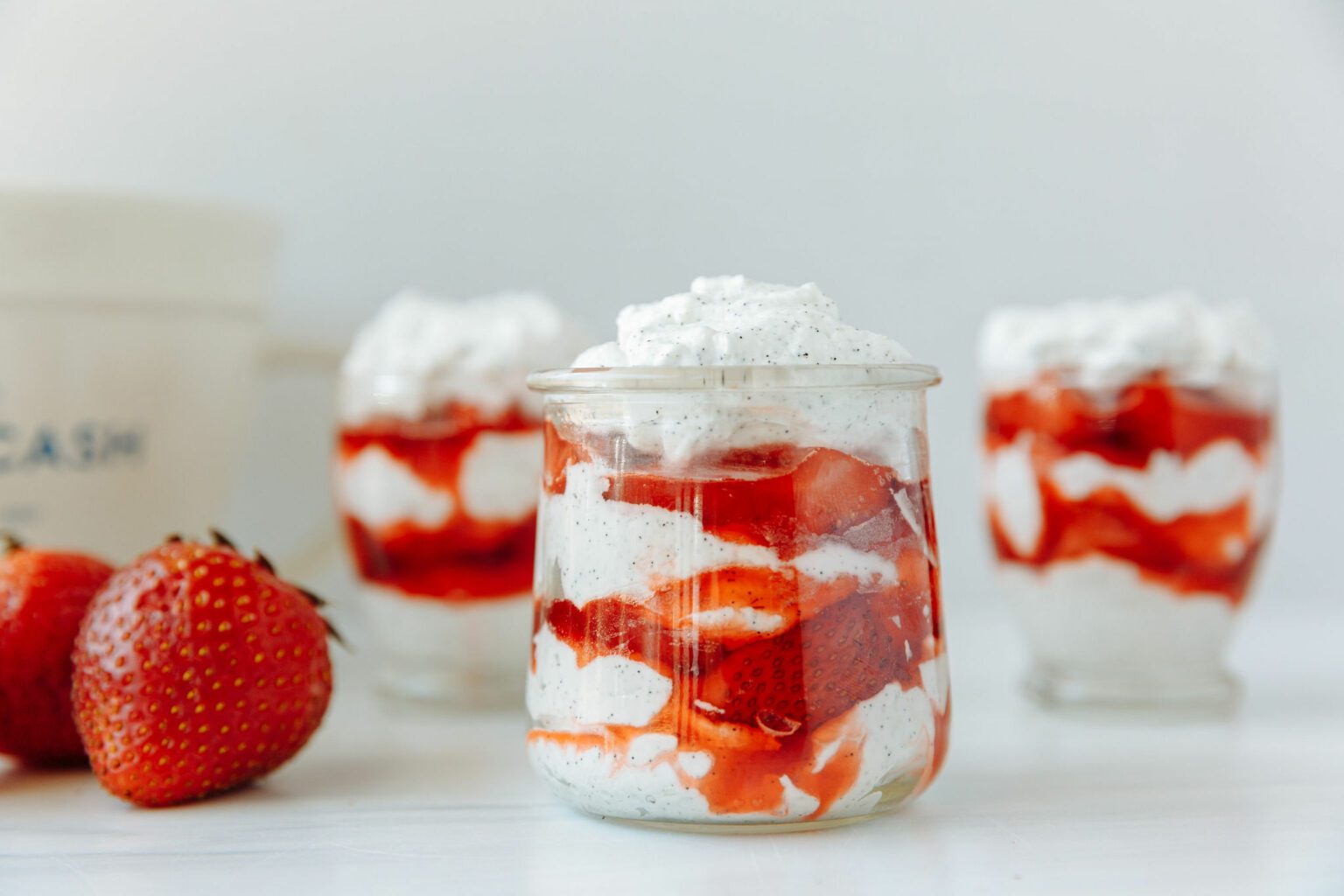THREE TECHNIQUES FOR BONELESS, SKINLESS CHICKEN BREASTS
Every day, we field the question: how do I make boneless, skinless chicken breasts taste better? Store owner and chef Anne’s answer is known to be little snarky: don’t buy them. Cook thighs. And she’s not wrong – thighs do have more fat which means they are inherently more flavorful.
Snark aside, we do love this cut of chicken. And there are good reasons for stashing a bag of boneless, skinless chicken breasts in the freezer! Chicken breasts are incredibly convenient and have tons of juicy, flavorful potential. They’re also protein packed and nutritionally dense. They’re a meal prep staple, making them lunch box packable and a suppertime savior.
Ready for three techniques for super flavorful, juicy boneless, skinless breasts? We turned to two chefs and a Registered Dietitian for a trio of tips and techniques for making the most of this convenient cut.
Anne’s Technique: Salt Early, Grab a Rolling Pin and Crank the Heat
Anne is a devotee of Samin Nosrat’s Salt Fat Acid Heat and turns to it often as she develops recipes for cooking classes. Here’s how Anne summarizes the salt section of the Nosrat’s book: “Early salting. All the cool kids are doing it.”

About that rolling pin…
Before we get salty, grab a rolling pin. Or meat mallet. Or heavy skillet. Look at the chicken breast from the side and notice the thicker part. Place the chicken between two sheets of plastic wrap and pound the protein until the breast is an even thickness. Nothing dramatic – just a few firm hits on the chicken will even things out. This will ensure even cooking with no section cooking faster than the other.
Time to salt…
In Anne’s kitchen and the Teaching Kitchen, every piece of protein, with the exception of seafood, gets salted – or seasoned – early in the day. When it comes to boneless, skinless chicken breasts, Anne suggests French Herb Salt or any spice blend with salt in the ingredient list. Season the chicken and refrigerate until ready to cook. Her fave these days? 18 Spice Chicken Blend. With the seasoning in place, it’s time to crank the heat.
Turn up the Heat. No, higher…
Make friends with heat in the kitchen. Anne explained, “When I’m in the Teaching Kitchen, I cruise laps around the island cranking up heat. Guests are often timid around high heat, but I remind them that managing heat is the main job in the kitchen. There’s nothing worse than a sad whimper of a simmer when what you really wanted was an intense sear. Pay attention and have a plan. If things get too hot, remove the protein to a plate, move the pan from the burner or be ready with a little stock to cool things down. ”
Drizzle a high heat oil into the pan – read our blog on the Smoke Point of Oils – wait for the shimmer and drop in the pounded, pre-seasoned chicken breasts. Then leave them be. No need to lift or turn or poke or prod. Allow them to get golden brown on one side – about 5 minutes. Then turn, reduce the heat to low and continue cooking until cooked through, firm to the touch, opaque white and the juices run clear when pierced. You’re looking for an internal temp of 165°F.
Make Anne’s 18 Spice Skillet Chicken Breasts

Matthew’s Technique: Sharpen that Knife and Get to Cutlet-ing
Matthew is a John Folse Culinary Institute grad and is our Teaching Kitchen Manager. His boneless, skinless chicken breast approach? Turn that breast into cutlets. By cutting the breast horizontally, you create two cutlets that cook quickly and yield more. Chicken breasts are often really large, and turning to this technique will yield you four servings from two chicken breasts.
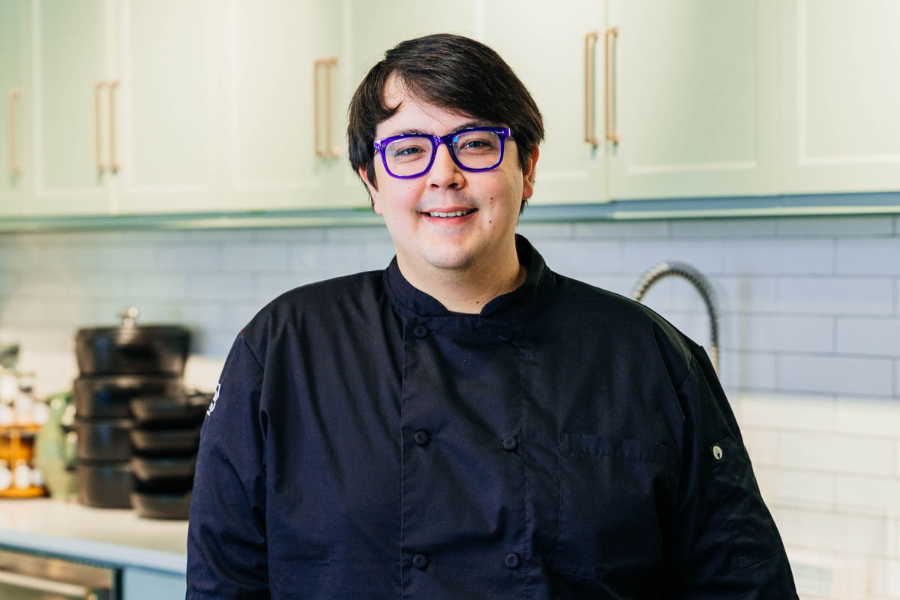
Matt loves Zhug Blend for chicken. Zhug (or Zhoug) is a Yemeni blend of spices, herbs and chiles and is a favorite of staff and customers. After cutting the chicken into cutlets, Matt seasons the chicken then drizzles in a little oil and cooks them stovetop. They slice up juicy and delicious!
Try Matt’s Zhug Spiced Chicken Cutlets.
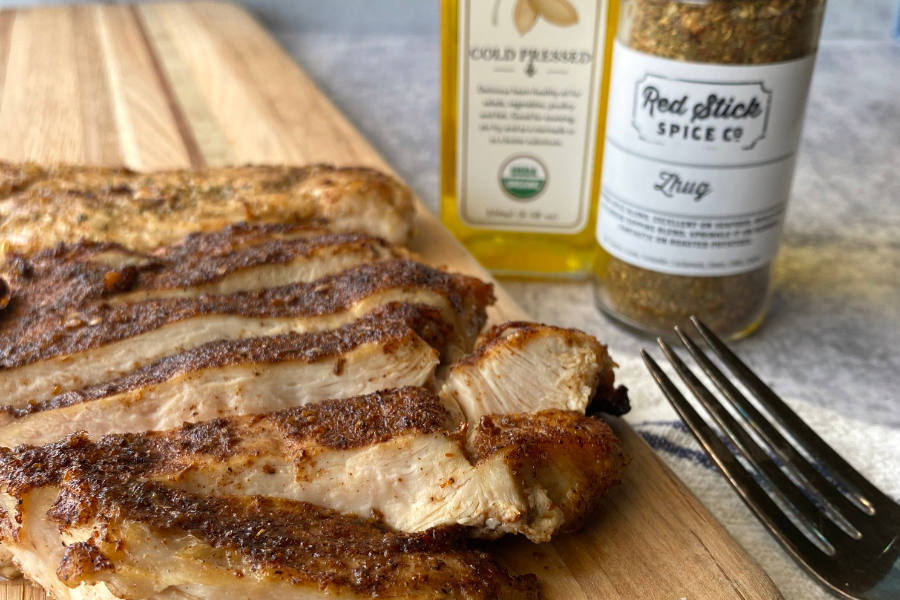
While Registered Dietitian Daphne Olivier does agree that chicken thighs are easier to work with, she has a surefire way to get juicy results when it comes to boneless, skinless chicken breasts. Daphne advises, “When cooking chicken breast, there are a few things to remember. First, brining it in a salt water bath for 20-30 minutes before cooking can help hold the moisture. Additionally cooking it at a lower temperature and not overcooking chicken breast can help to keep it tender and juicy.”

We are 100% in favor of Daphne’s technique, and this Smidgen podcast episode is proof! Ready to take a dip? Try these versatile Wet Brined Chicken Breasts. This recipe is a blank canvas. Choose the Salt Free Spice Blend to satisfy your flavor cravings!
